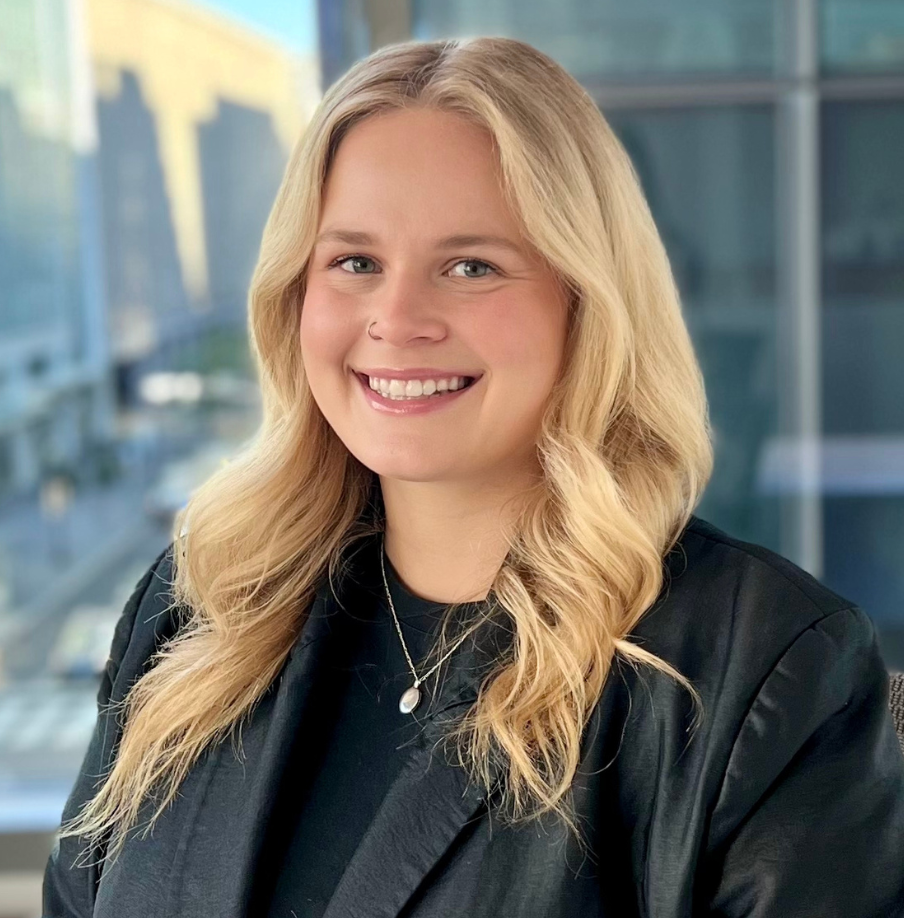Q&A with Greg Harper: Effectively onboard your new team members

Charles Aris senior vice president Greg Harper and senior marketing associate Sydney Olszewski sat down to discuss best practices and the most effective ways in which to welcome your organization’s new team members.
Sydney: You’ve hired top talent for mission-critical roles in your organization. What should you and your team do to properly prepare for their arrival?
Greg: While you shouldn’t share anything proprietary, consider sending your new team member some nonconfidential documents to keep them up to speed on what a few of their first projects may be, the timeline and whom they’ll be working with most closely (including links to their profiles). You could even ask these employees to reach out to the new team member so when they arrive they’re already familiar with several key colleagues, reducing first-day anxiety.
Q: What are some common mistakes or misconceptions in the onboarding process? Any specific scenarios for hiring authorities and their welcome teams to avoid?
The biggest mistake I’ve seen is hiring authorities assuming that this new team member knows exactly where to go and what to do on the first day. This isn’t true. The process isn’t over starting day one; it’s just beginning. You should assign them a buddy (whether a peer in the group, or someone that has been promoted and used to be in that same exact role) to be with them throughout the full day. Make them feel just as welcomed during their first day as they did when they interviewed. Once they’ve been in the organization for a while, help them be that mentor for someone else. They’ve gained all this wisdom and have been through the process, so you need to make sure they’re passing that along to others in your organization as they come on board.
Q: Your new hires just completed their first day. Now what? How long does the onboarding period last?
Onboarding never stops. If you want to keep A-level employees on your team, you have to keep giving them feedback. Just because someone is performing well, it doesn’t mean they’re done getting feedback. It should be continuous. Feedback – positive and constructive – from superiors is the best way to keep them going. That’s one thing Charles Aris succeeds at: We catch people when they’re unsure. They know they’re achieving but they may not be getting enough feedback. Once we give that to them, both positives and things to grow on, performance tends to rise further. Continued training is a must. Each team member should have this available to them throughout their career. The last thing I’ll mention on this: The millennial generation is only growing in the workplace, and these individuals desire feedback and affirmation, so make sure you’re providing that.
Q: How can organizations and newcomers keep the onboarding momentum going? What are some best practices to ensure an effective progression from onboarding to continuous learning and development?
First, you have to create a formal onboarding process. It’s shocking, but a lot of organizations don’t have that. New employees show up on day one and current team members just wing it. If you look at GlassDoor and see the companies in the Top 50, I guarantee they have a formalized, systematic onboarding process for new team members. Keep in mind it’s continual. Even if new team members are two or three layers removed from senior leadership, you want people with high potential to have access to those senior leaders – and vice versa. Invite them to observe meetings so they can see how they’re conducted, and start to get exposure to more senior-level leaders.
Q: What should hiring authorities and their welcome teams ask for and expect from newcomers in preparation for day one, during orientation and training, and after onboarding is completed?
Participation is key. Once a hire is made, many organizations feel like all that person’s questions have been answered. They’re really just starting. Here at Charles Aris, if the new team member is waiting more than two weeks to start, we try to talk to them every two or three days to make sure they’re still comfortable with the decision. On day one, they should bring a list of questions to ask. (And I say to the new hires themselves: Don’t be afraid to let those who are helping in your onboarding process know how you learn best. At the end of the day, we want to make this the best experience for you, but you have to show up open minded and ready to learn.) Onboarding isn’t just the first 90 days; it depends on the role. Initial training could last months, so make sure as a hiring authority that you’re upfront about this with your new team members. Be clear about what you expect out of them for the first 30 days, 60 days and 90 days. What should they have accomplished in this time period?
Q: What else would you like to share with professionals who are well versed in welcoming and supporting newcomers as they become fully functioning colleagues?
Do anything you can to take the anxiety off the new team member on day one: everything from where they park, what door they should enter, who’s going to meet them. This really helps with the first week and all the stress that can come along with it!
SIMILAR ARTICLES
Meaningful conversations: How our deal-sourcing team connects with founders
We launched our transaction services business with the guiding philosophy that meaningful conversations lead to successful deals.
The new era of workplace wellness at Charles Aris
Throughout the past year, we’ve also integrated firmwide activities into our culture to promote healthy meditation, social events and exercise.
Charles Aris in the community
Our firm places a high value on giving back to our communities, and our team members have been working alongside several organizations to do so.


